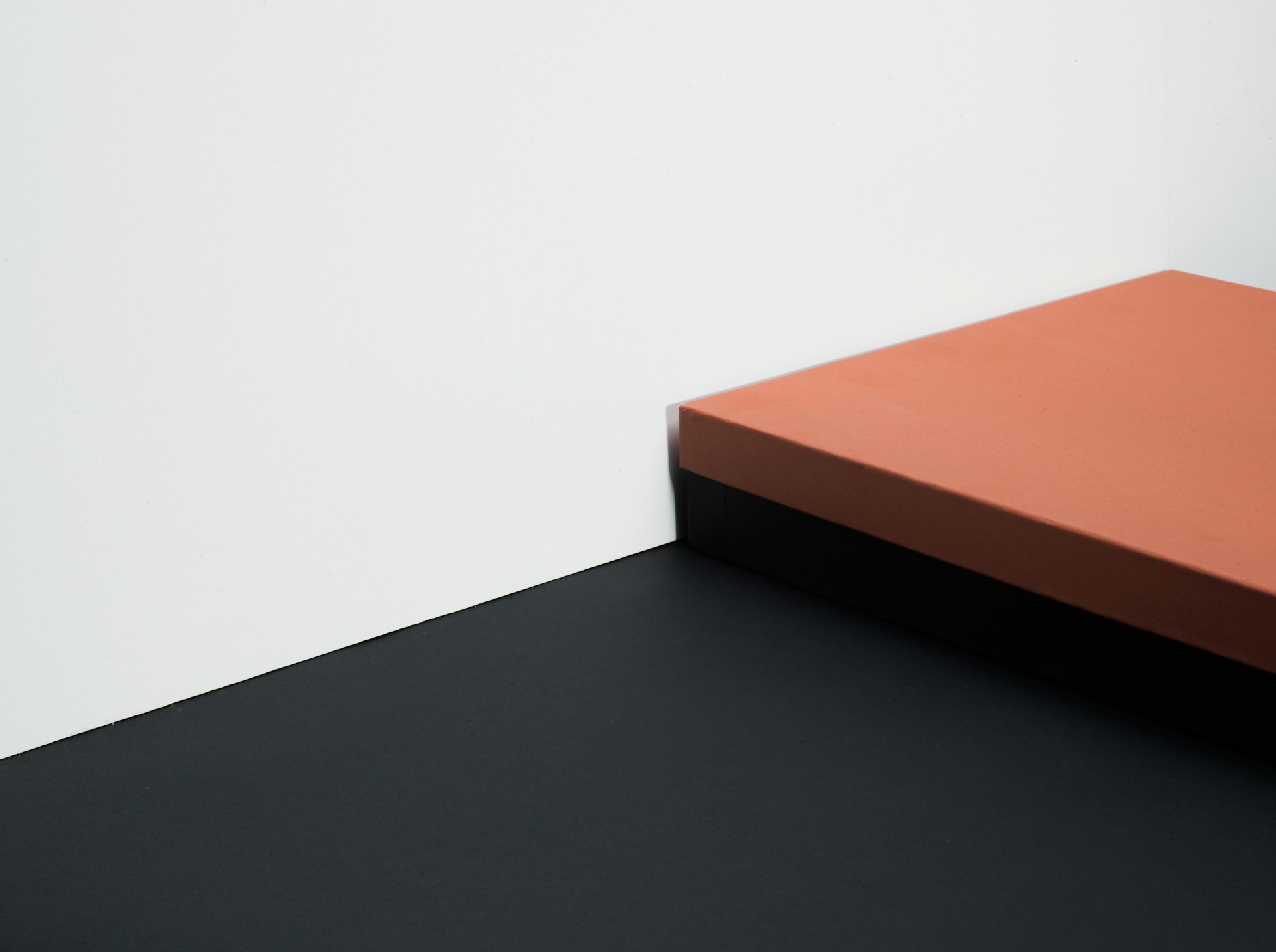The Art of Calligraphy: A Timeless Form of Expression
In today’s digital age, where typing and texting have become the norm, there is something undeniably captivating about calligraphy. This ancient art form, practiced for centuries, transcends time and finds its place in the hearts of enthusiasts around the world. Calligraphy is not just a means of writing; it is a form of expression that carries with it a rich history and an unparalleled beauty.
Calligraphy, derived from the Greek words “kallos” meaning beauty and “graphein” meaning writing, is the art of beautiful writing. It involves using a specialized pen or brush to create delicate and intricate letters that are visually pleasing to the eye. The art of calligraphy can be found in various cultures, including Chinese, Islamic, and Western traditions.
One of the distinguishing features of calligraphy is its emphasis on the rhythm and flow of the lines. The calligrapher must possess a deep understanding of the stroke order and the proper spacing between characters. Each pen stroke is deliberate, guided by years of practice and a keen eye for detail. The resulting piece is not just a collection of words but a work of art in itself.
Calligraphy has always been deeply rooted in spirituality and meditation. In many cultures, calligraphy is considered a sacred art form and is often used to transcribe religious texts and prayers. The act of writing becomes a contemplative practice, where the calligrapher is fully present in the moment, connecting with their inner self and the wider world.
The art of calligraphy also serves as a means of cultural preservation. In a world that is dominated by mass-produced, uniform typefaces, calligraphy breathes life into the written word. It reminds us of our shared history and the diversity of human expression. Calligraphy allows us to connect with the past, to appreciate the craftsmanship of our ancestors, and to carry their traditions forward into the future.
Apart from its historical significance, calligraphy is also a powerful form of self-expression. It provides a space for personal creativity and individuality. Each calligrapher brings their own unique style and personality to their work, making every piece a reflection of their inner thoughts and emotions. Whether it is through the bold strokes of a brush or the delicate curves of a pen, calligraphy allows us to communicate our deepest feelings and thoughts in a way that words alone cannot.
Furthermore, calligraphy has increasingly become a therapeutic practice in the modern world. Its slow and deliberate nature encourages mindfulness and reduces stress. As one focuses on the precision and beauty of each stroke, the worries of the outside world melt away, leaving a sense of calm and tranquility. Calligraphy provides an escape from the hustle and bustle of everyday life, becoming a form of relaxation and self-care.
In conclusion, calligraphy is undoubtedly a timeless form of expression that has withstood the test of time. Its intricate beauty, cultural significance, and therapeutic qualities make it an art form like no other. In a world that is increasingly disconnected from the handwritten word, calligraphy reminds us of the power and impact of words, both visually and emotionally. So, let us embrace this ancient art form and let our words flow with grace and elegance, keeping the art of calligraphy alive for generations to come.













